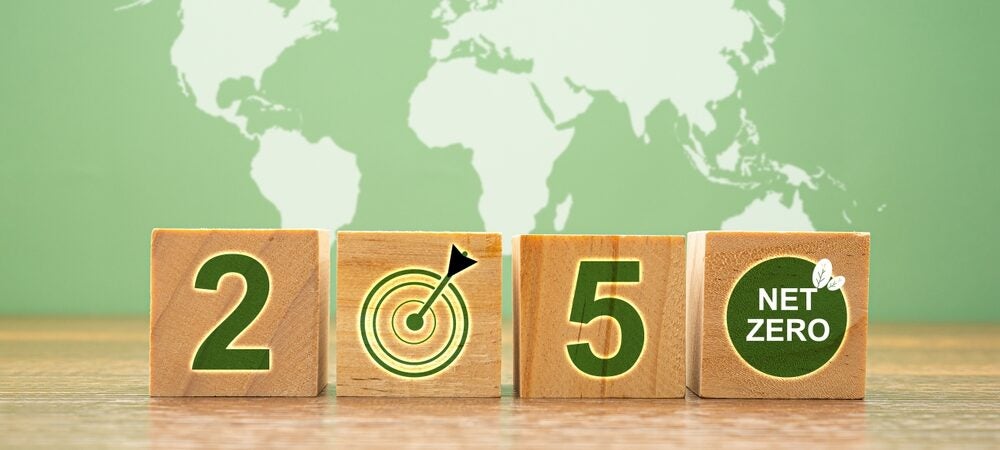Introduction
Industrial raw materials are once again at the forefront of policy discussions, for several reasons.
The challenge of achieving net zero CO2 emissions by 2050 will require a significant scaling up of production and international trade of several raw materials which will be critical for transforming the global economy from one dominated by fossil fuels to one led by renewable energy technologies (IEA, 2021). Such technologies make generally more intensive use of minerals than their fossil fuel counterparts. For example, a typical electric car requires six times the mineral inputs of a conventional car and an onshore wind plant requires nine times more mineral resources than a gas-fired plant (IEA, 2021). Therefore, while the green transition will reduce the global dependence on fossil fuels, it will intensify the pressure on the production and efficient international exchange of other raw materials. For example, because of the increasing share of renewables in new investment in the energy sector, the average amount of minerals needed for a new unit of power generation capacity has increased by 50% since 2010 (IEA, 2021).
Some relatively abundant raw materials, which have traditionally underpinned industrial production (e.g. aluminium, copper and iron ore and steel) will also remain essential in green sectors and their enabling technologies. Other materials, such as rare earth minerals (notably neodymium and dysprosium), lithium, cobalt or nickel, are also prevalent in new technologies and thus their demand is expected to grow substantially (Gielen, 2021). The IEA projects, for example, that in the next twenty years the clean energy sector’s demand for materials such as cobalt, natural graphite or lithium will increase from twenty to more than forty times (Figure 1.1). Overall, depending on the assumed pace of green transition, it is estimated that the demand for minerals (from the energy as well as other sectors) will grow by on average four to six times between 2020 and 2030 (IEA, 2021).
c6bb598b-enTo read the full policy paper, please click here.

